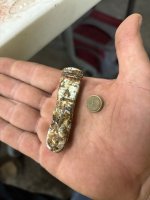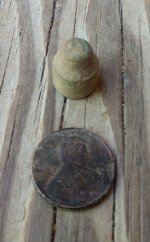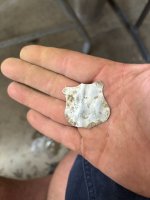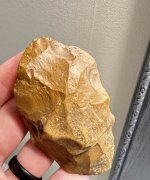Springfield
Silver Member
Spring,
I have to disagree with your assertion that the Aztec didn't know when the Spanish would return. On the "Noche Triste" in 1520, Cortez and his men retreated to Tlascalla, which is only about 30-40 miles from Tenochtitlan (as the crow flies). They stayed there with their loyal allies (the Tlascallans), until they regrouped and went back after Cuautemoczin. The entire time they were there, they were watched by Aztecs and their allies. So, while the Spanish were blind as to the actions of the Aztecs, the Aztecs knew hour to hour what the Spanish were up to.
The more tribes that were treated cruelly by the Spanish, began believing less and less in the Godliness of Cortez. When they stopped believing that, they turned on the Spanish, kidnapped some of their men and horribly tortured and killed them...
Agreed. My point was only that the Mexica had no way to anticipate the timing of the Spaniards' future actions, and that if a treasure was moved and hidden, most likely it happened relatively quickly and was stashed closer rather than farther away.





 Just kidding amigo, your logic is sound, but there is another argument too, that being to remove the treasure as far out of reach of the invading Spaniards as possible. Not saying this is what they did, just that either idea has benefits and drawbacks.
Just kidding amigo, your logic is sound, but there is another argument too, that being to remove the treasure as far out of reach of the invading Spaniards as possible. Not saying this is what they did, just that either idea has benefits and drawbacks.





